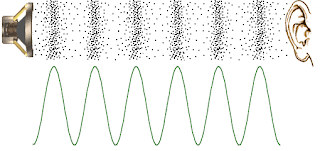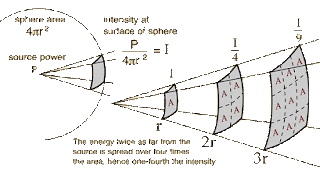The three sources of frequencies in machines are: generated
frequencies, excited frequencies and frequencies caused by electronic
phenomena. Generated frequencies sometimes called forcing frequencies are those
frequencies actually generated by the machine. Some examples are imbalance,
vane pass frequencies (number of vanes times speed), gearmesh frequency number
of teeth times speed, various frequencies generated by antifriction bearings,
ball passing frequency of the outer race, ball passing frequency of the inner
race, ball spin frequency and fundamental train frequency. Generated
frequencies are easiest to identify because they can be calculated if the
internal geometry and speed of the machine are know.
Some of the calculated frequencies may be present in most
machines without indicating a vibration problem. These frequencies at
acceptable levels without sidebands, include but not limited to imbalance vane
pass frequencies blade pass frequencies and gearmesh frequencies. Other
calculated frequencies should not be present in any form at prescribed
calibration levels. These frequencies include but not limited to ball pass
frequencies of the outer and inner races ball spin frequency, fundamental train
frequency. Calculated frequencies should not be modulated with any degree of
significance by other frequencies. If any of
these frequencies are generated, a vibration problem exists.
When a rotating unit has a mass balance, it will generate a sine
wave that has very little distortion. This signal can be observed in the time
domain. The frequency domain spectrum will have a spectral line at one times
speed of the unit. For example a 1776 RPM fan that is out of balance will have
one spectral line at 29,6 Hz. Most pumps and fans can generated vane or blade
pass frequency, which is the number of vanes or blades times the speed of the
unit. A high vibration at this frequency could be the result of buildup on the
vanes or blades, the vanes or blades hitting something or looseness associated
with the rotating unit.
Gearmesh frequency is normally seen in data taken from a gearbox
or gear train. The frequency is the number of teeth on agear times the speed of
that gear. For two gears in mesh, the gearmesh frequency will be the same for each
gear, thr ratio of the number of teeth to gear speed ia constant. In a gear
train, all gears will have the same gearmesh frequency. This vibration caused
by teeth rotatingagainst each other. Multiplies and submultiples of gearmesh
frequency are sometimes observable in the frequency spectrum and will be discussed
later. For illustration consider a gear with 67 teeth is in mesh with a
22-tooth pinion gear. The gear is rotating at 6,4 Hz. Calculated a)what is the
gearmesh frequency (GF) b) what is the
speed of the pinion gear. The answer are:
GF =
number of teeth x gear speed
a) GF
= 67 x 6,4 Hz = 428,8 Hz
b)
Speed of pinion = gear speed / number of teeth
speed
of pinion = 428,8 Hz / 22 = 19,5 Hz
Excited frequencies, natural frequencies are the property of the
system. Amplified vibration called resonance occurs when a generated frequency
is tuned to a natural frequency. Natural frequencies are often referred to as a
single frequency. Vibrations are amplified in a band of frequencies around the
natural frequencies. The amplitude of the vibration in this band depends on the
damping. When refer to natural frequency, often means the center of frequency.
Natural frequencies can be excited by harmonic motion if the harmonic motion is
within the half power points of the center frequency and contains enough
energy.







